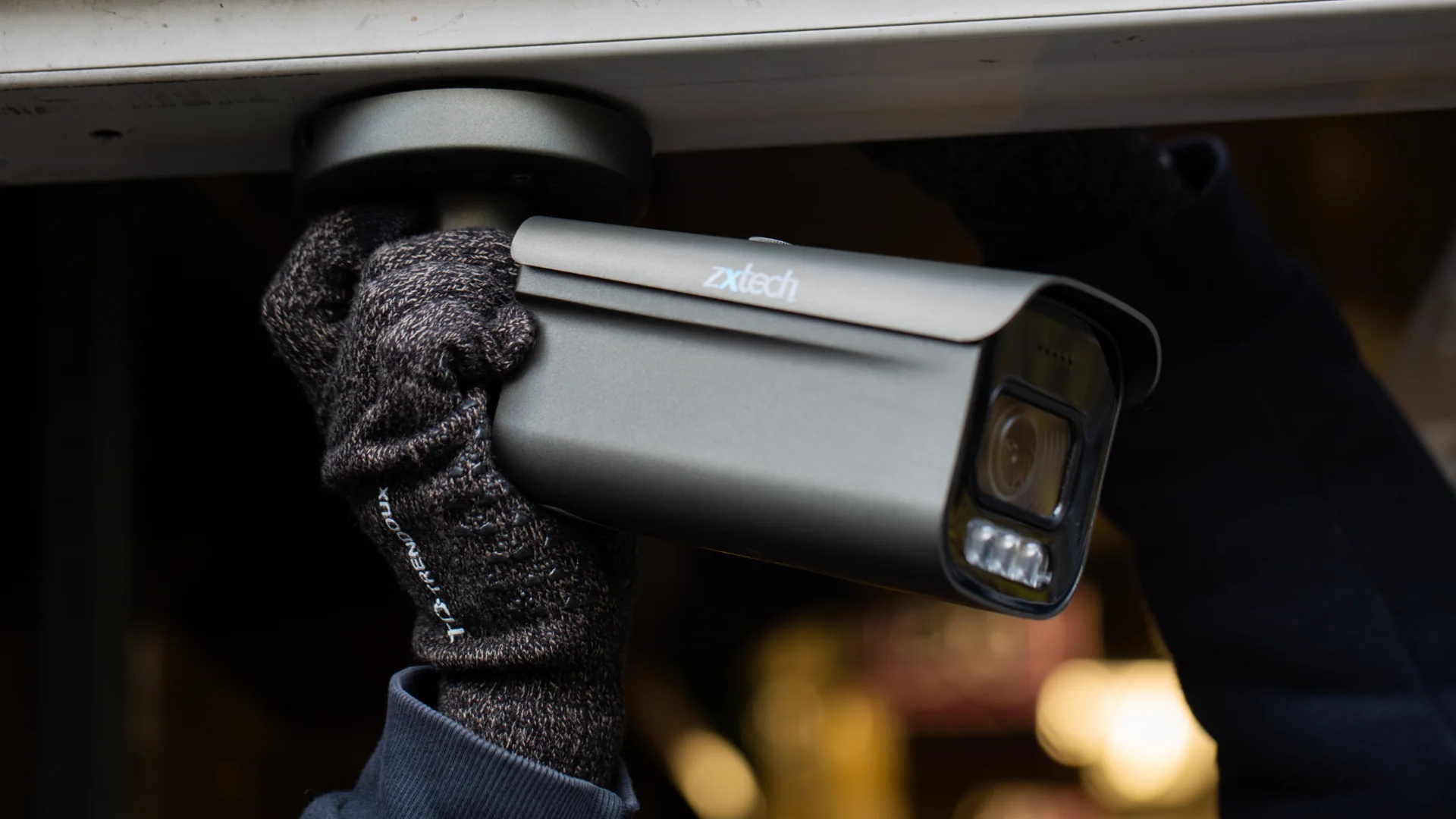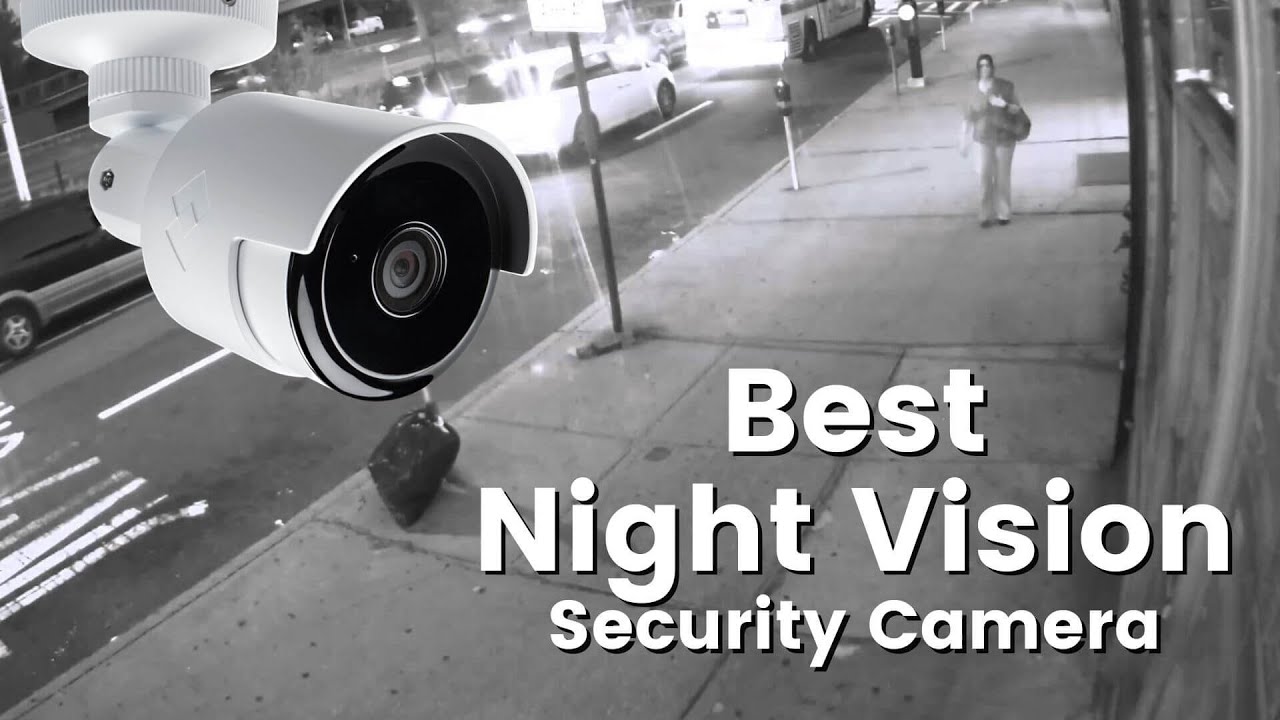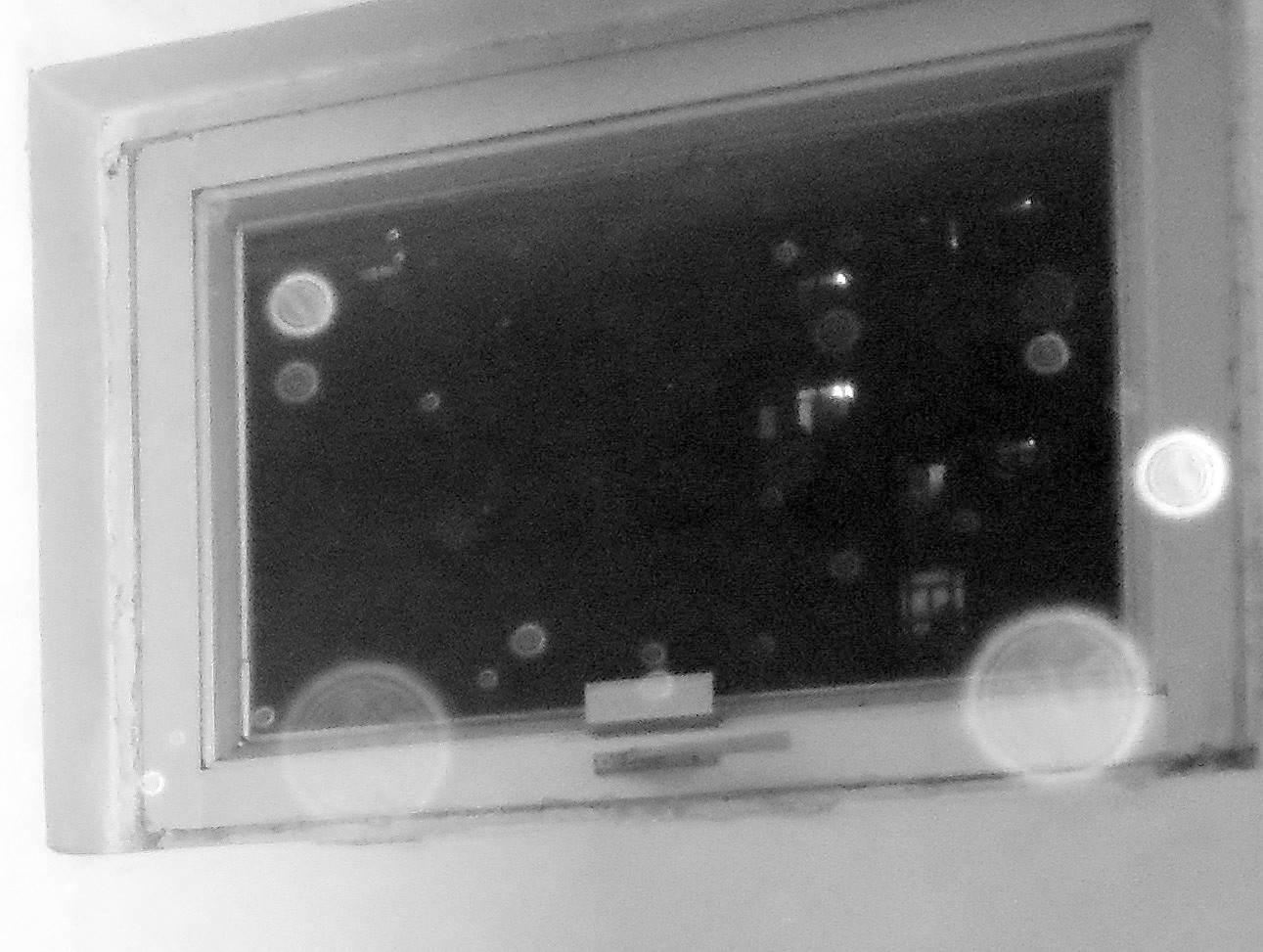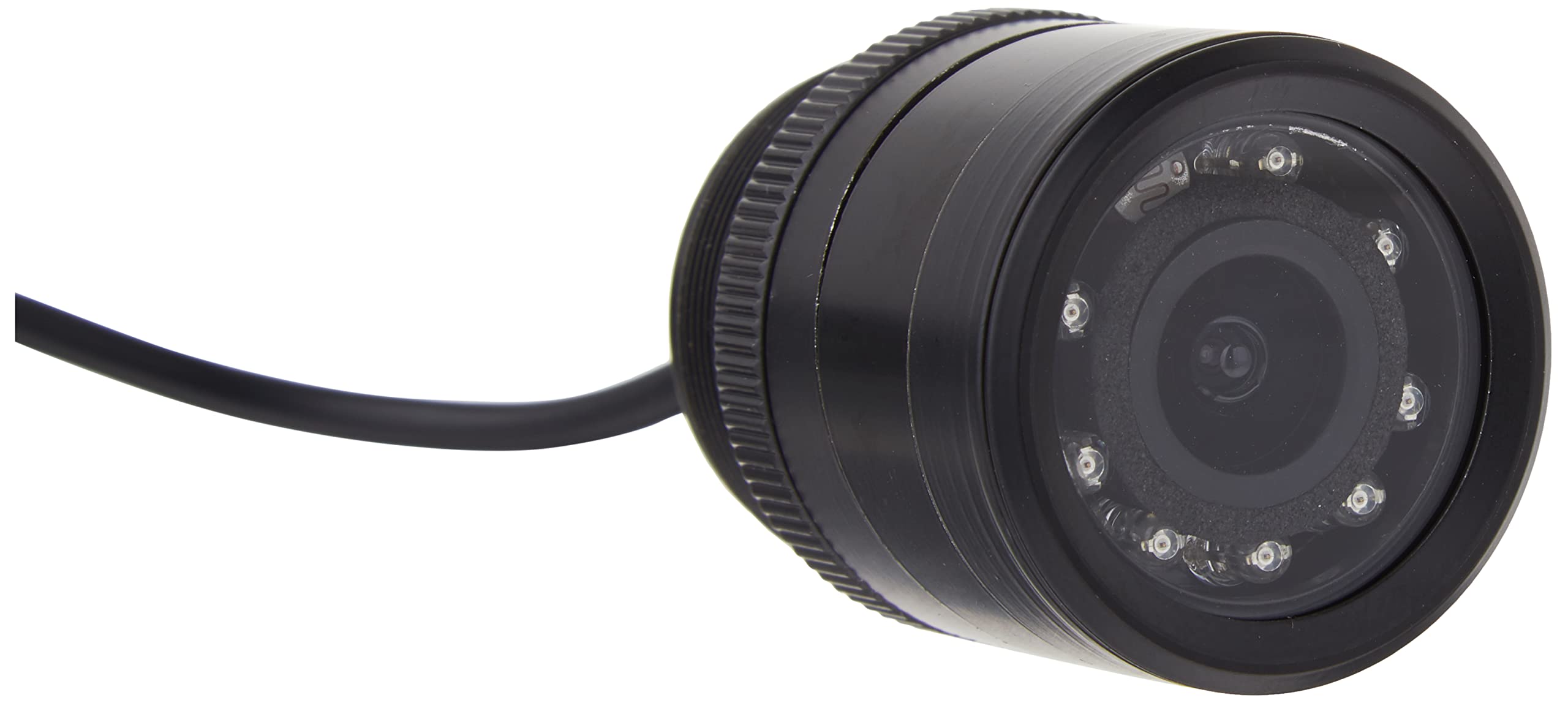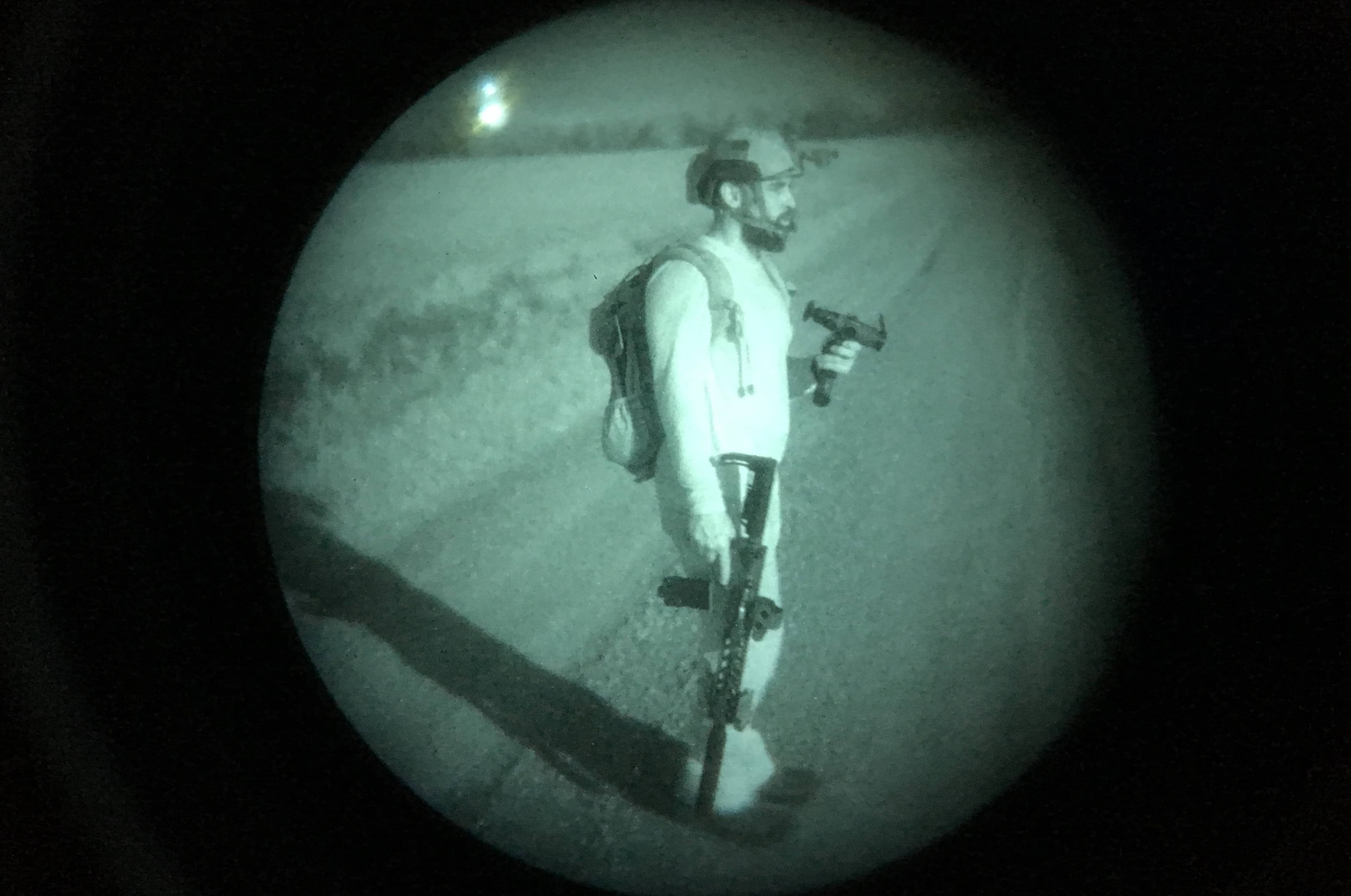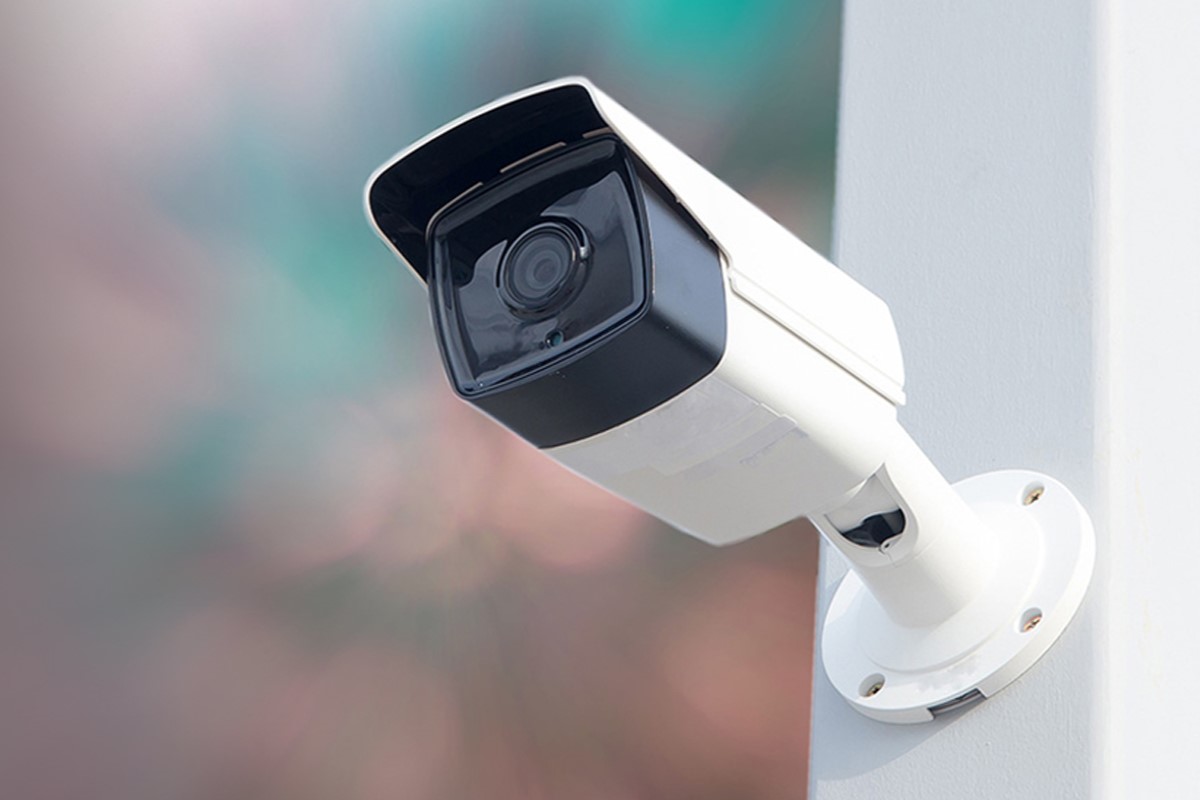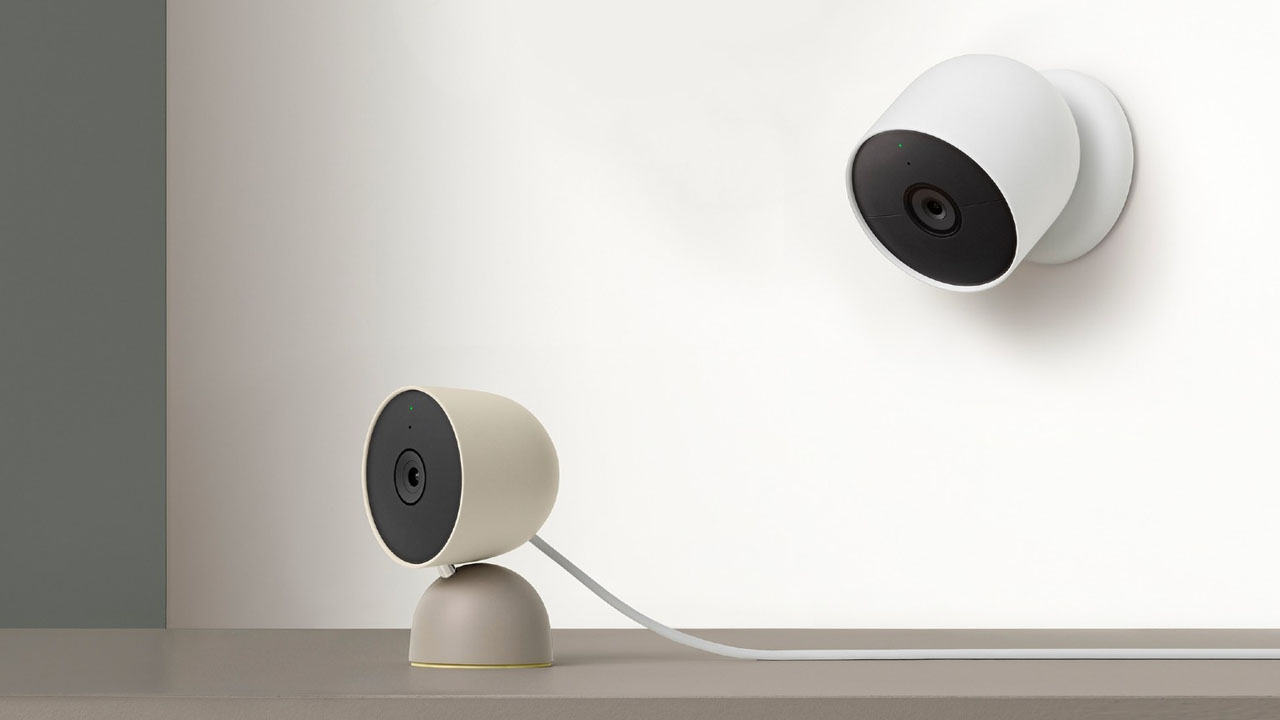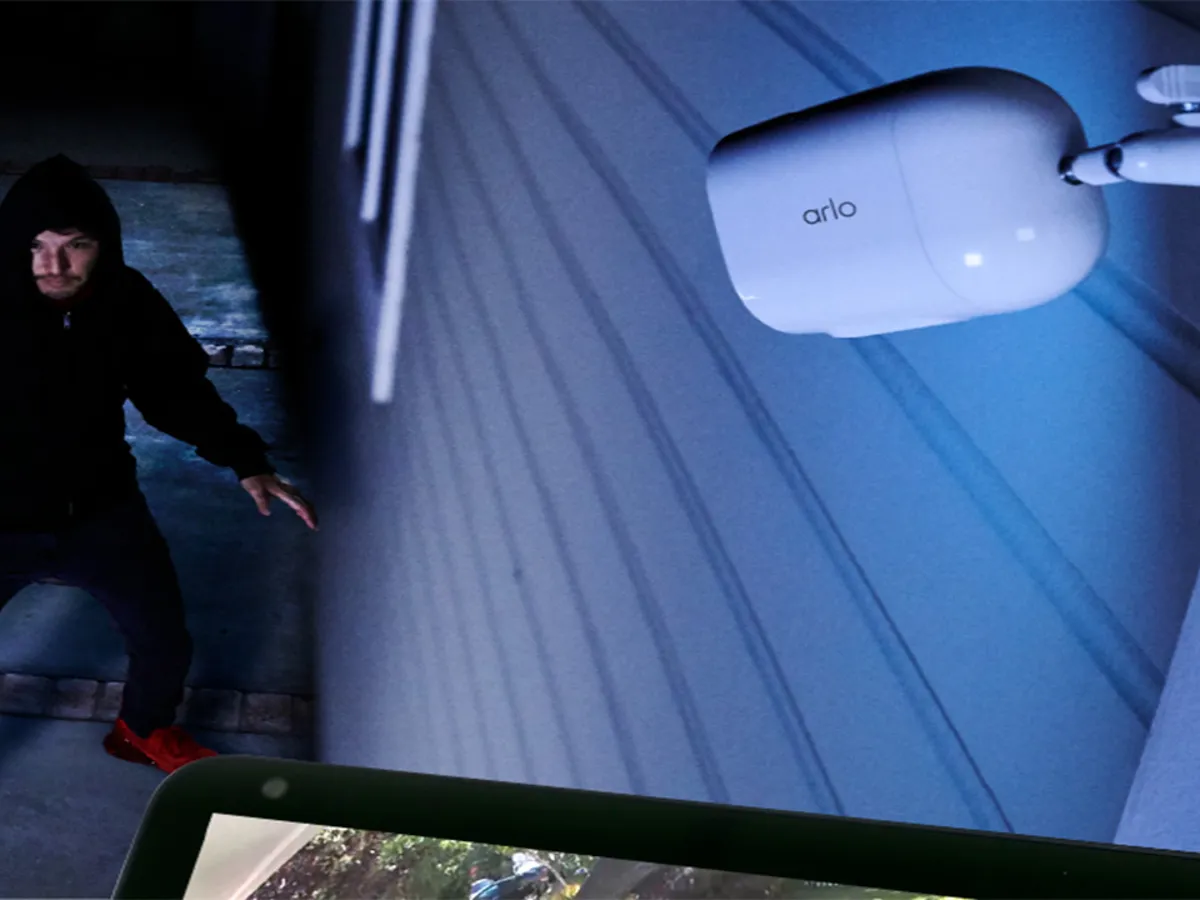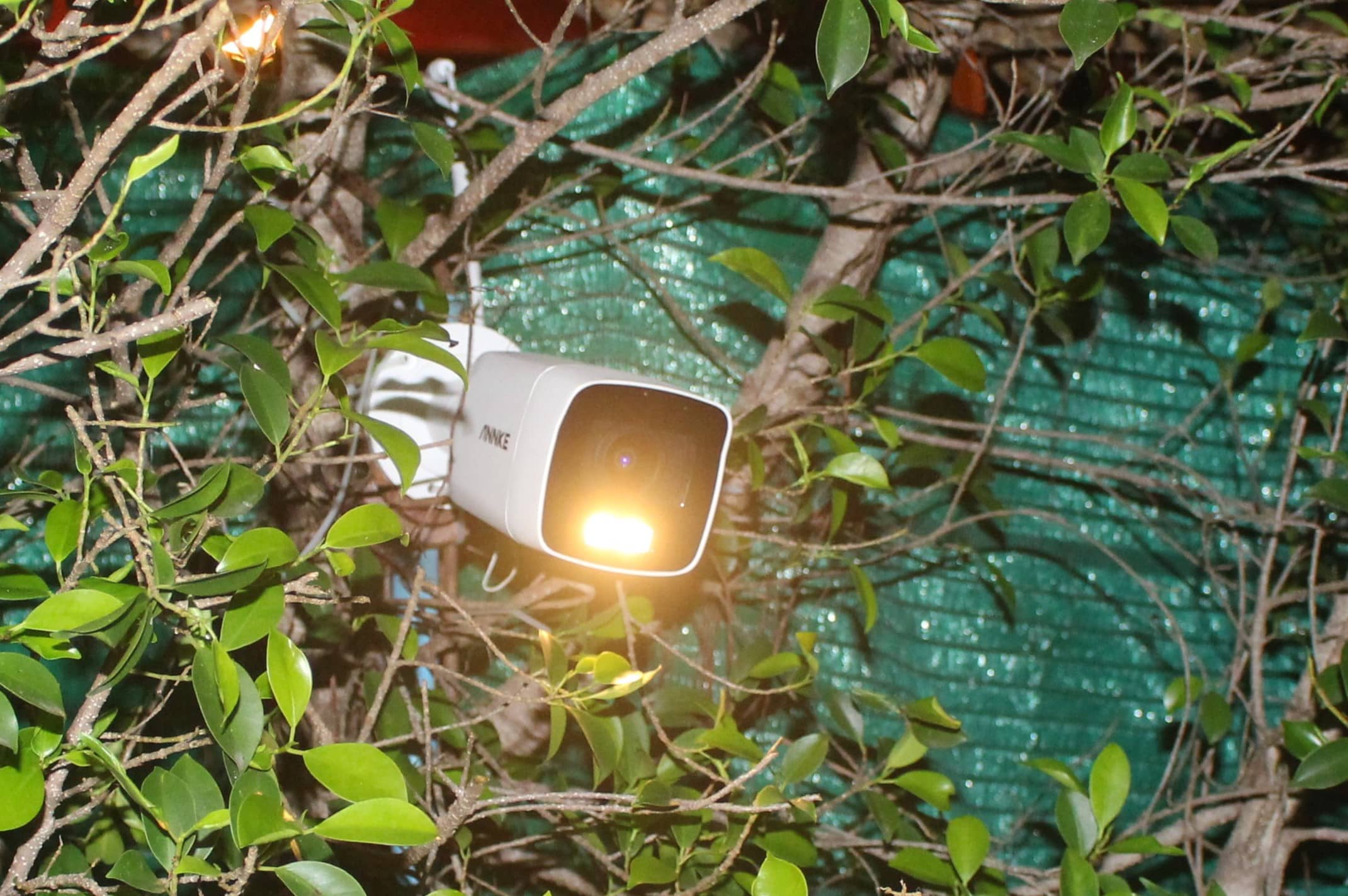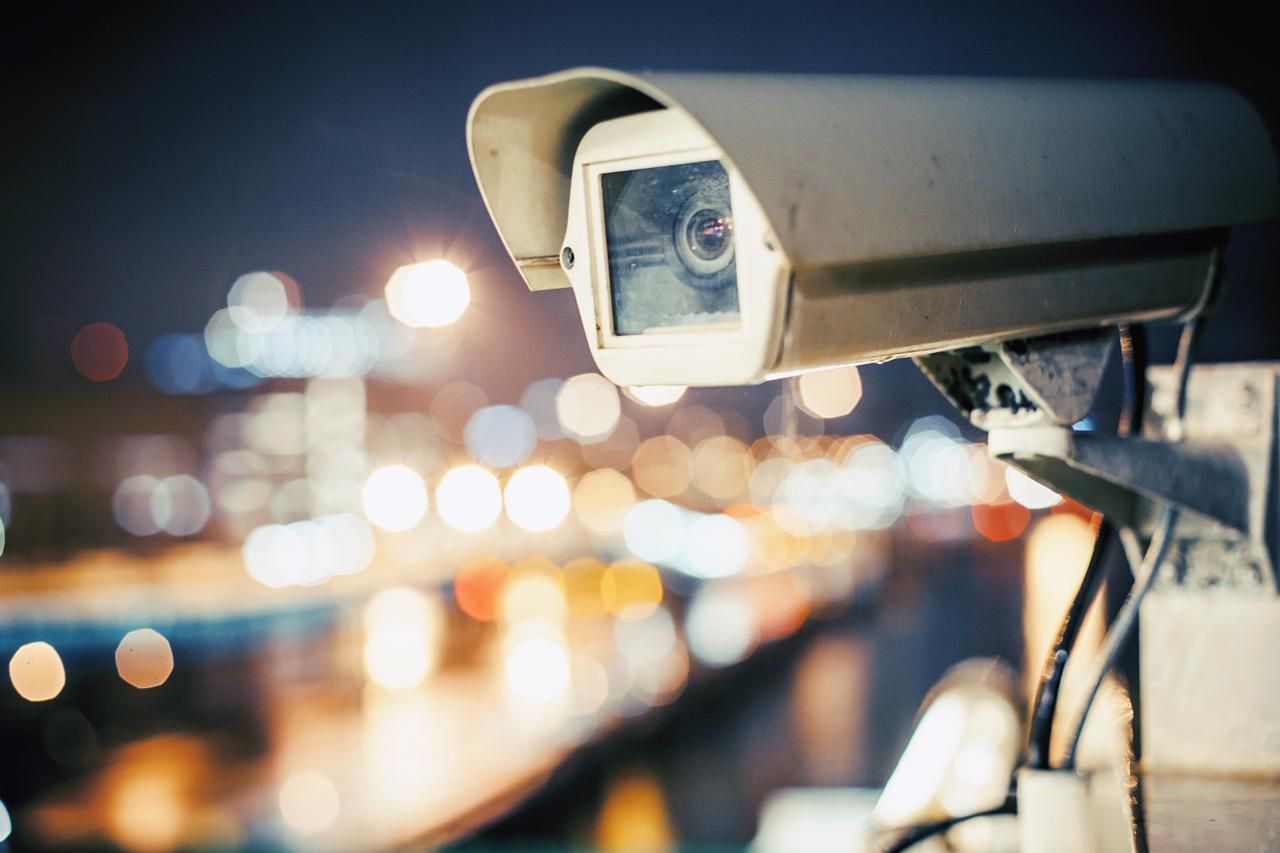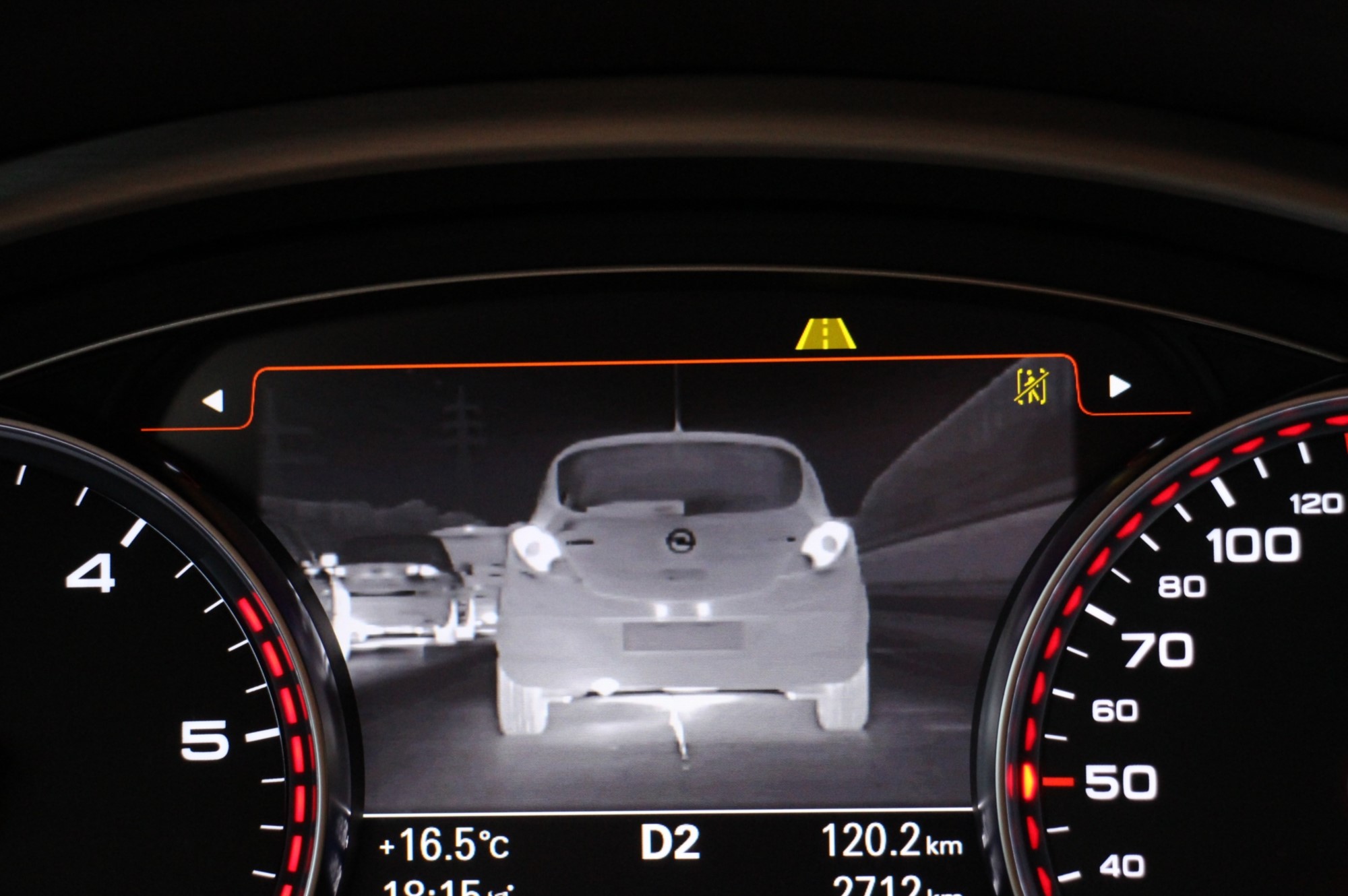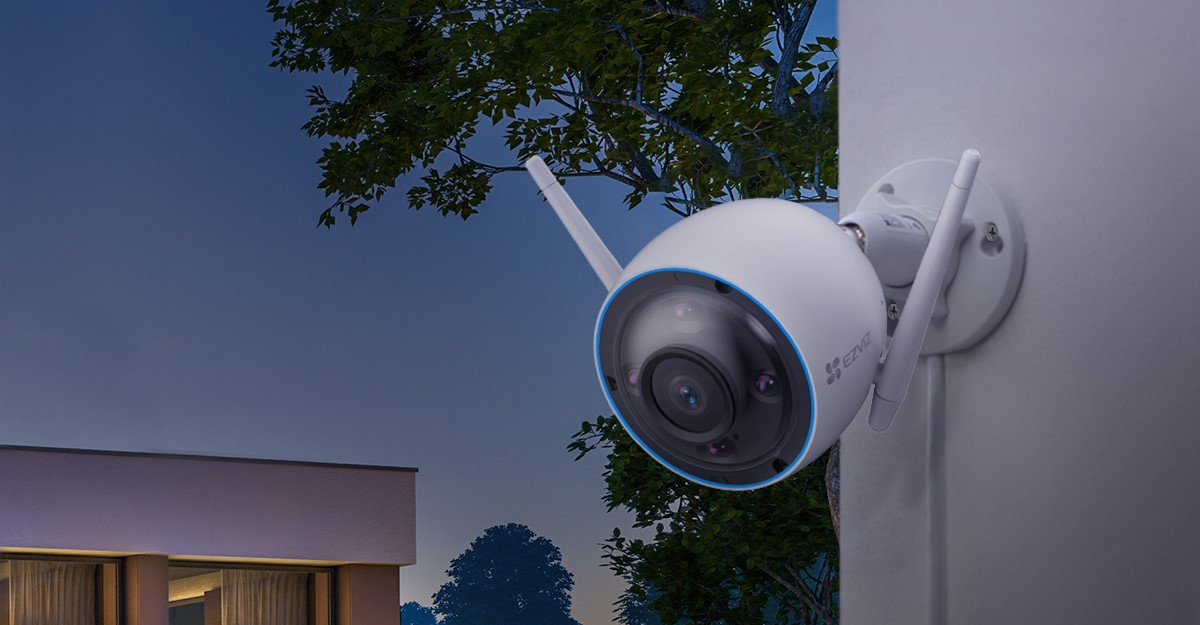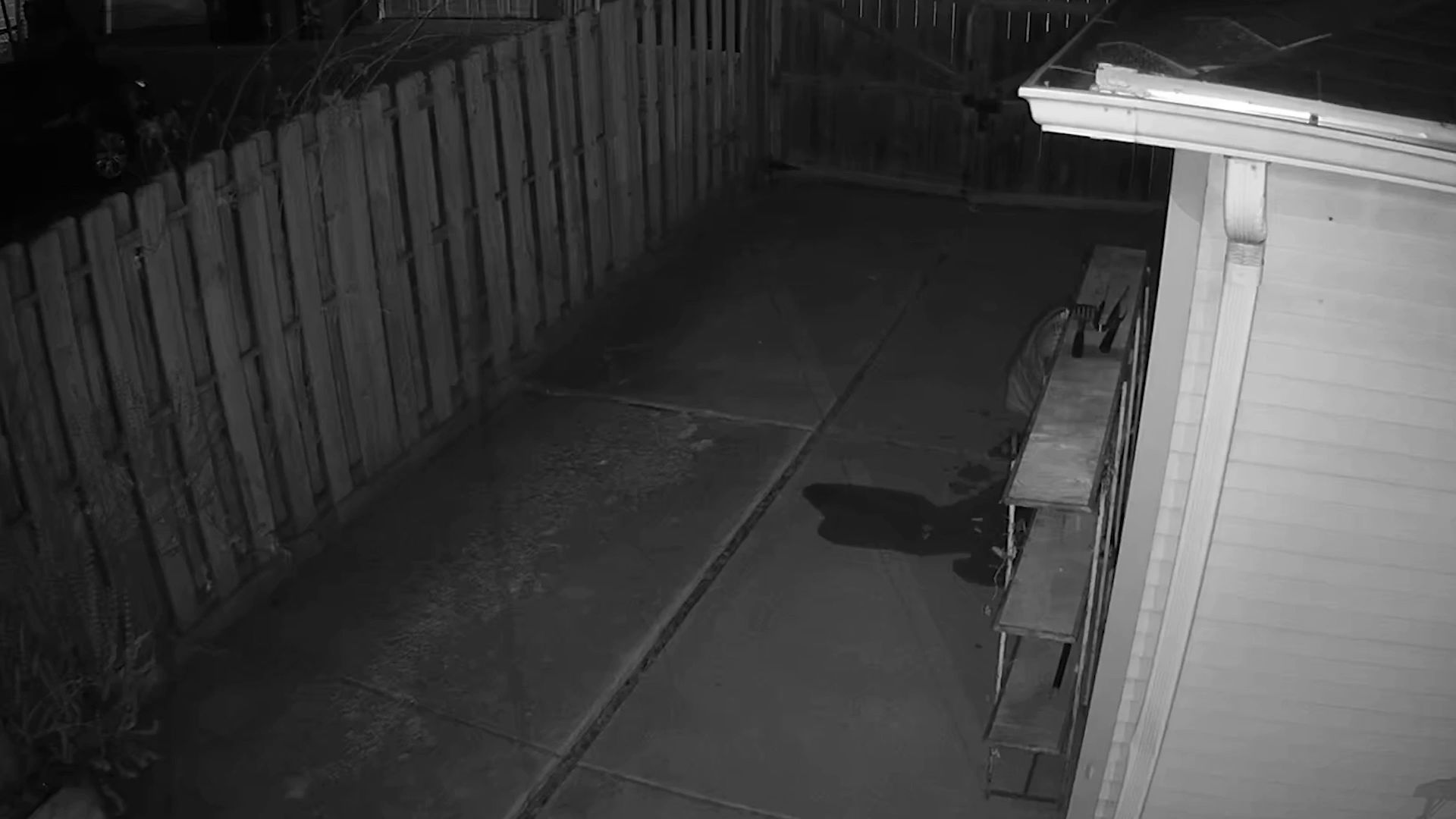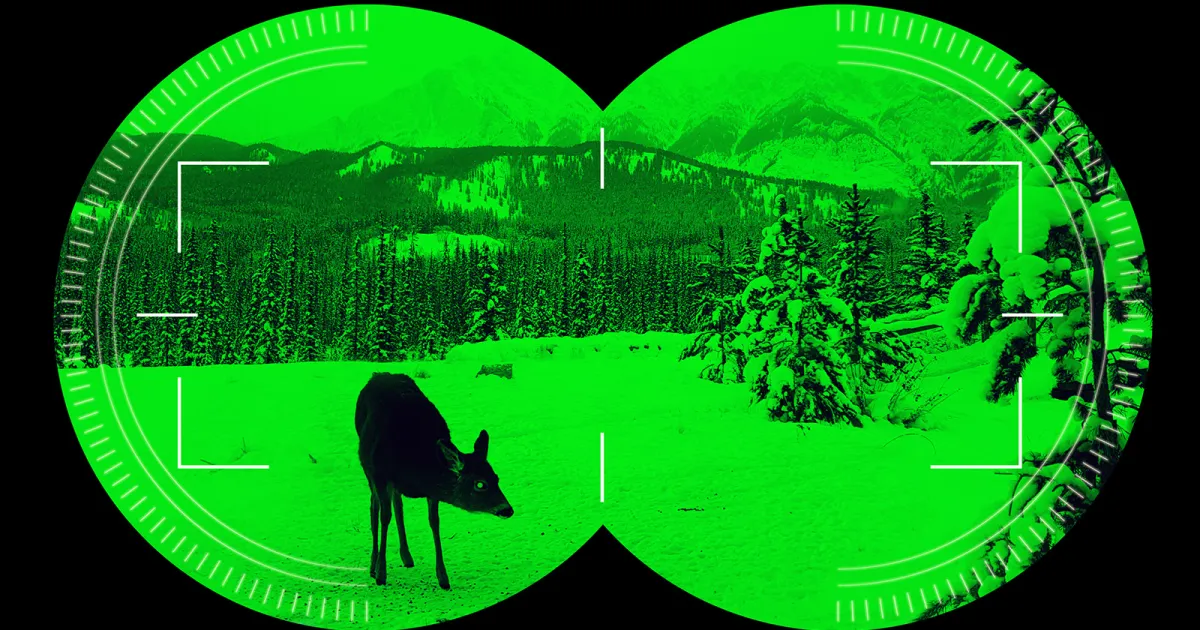Home>Home Security and Surveillance>What Is The Refresh Rate On A Night Vision Camera
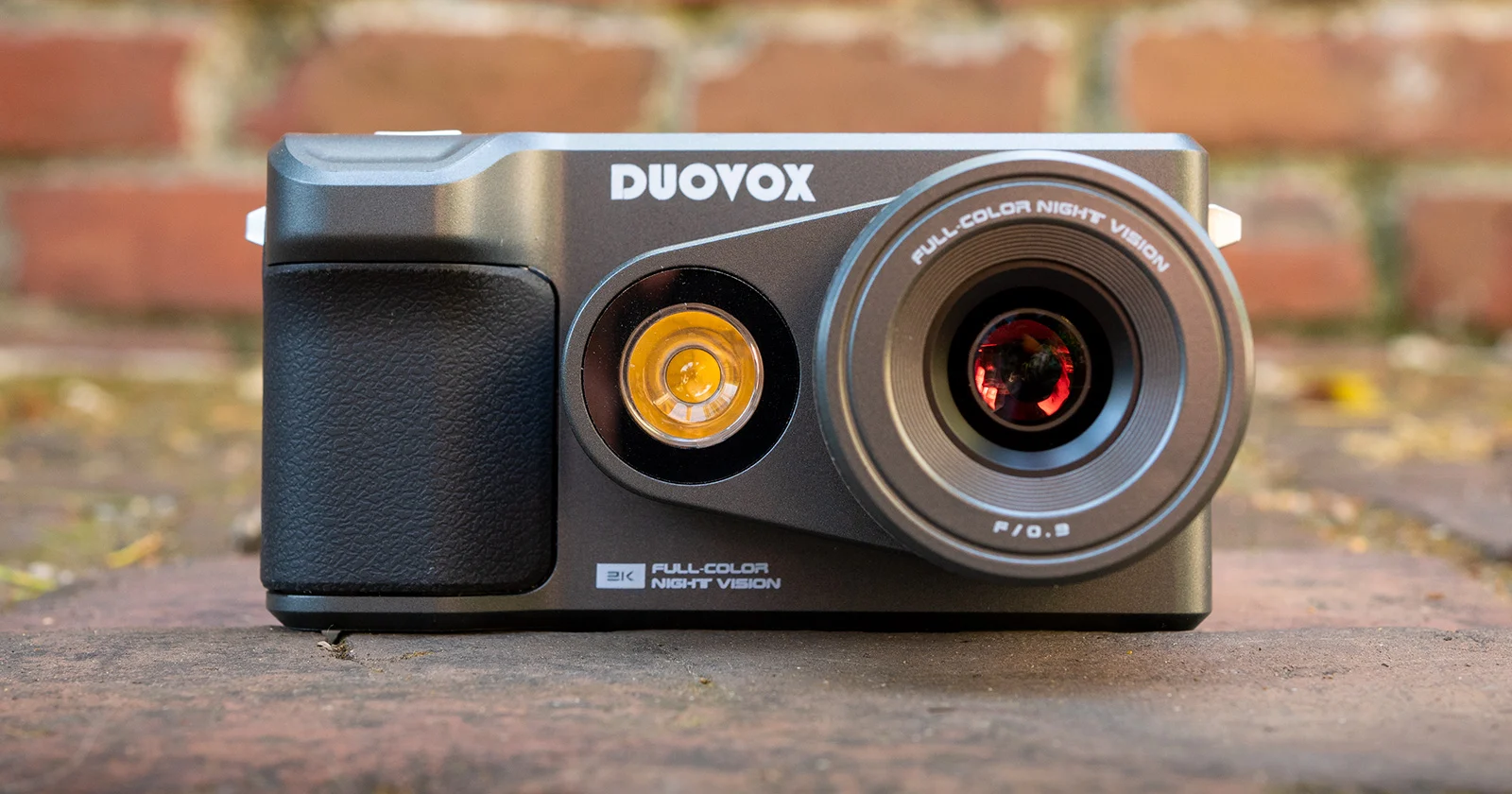

Home Security and Surveillance
What Is The Refresh Rate On A Night Vision Camera
Modified: March 6, 2024
Learn about the refresh rate on a night vision camera and how it contributes to home security and surveillance. Enhance your monitoring capabilities for optimal safety and peace of mind.
(Many of the links in this article redirect to a specific reviewed product. Your purchase of these products through affiliate links helps to generate commission for Storables.com, at no extra cost. Learn more)
Introduction
Welcome to the world of home security and surveillance! In today’s fast-paced and unpredictable world, ensuring the safety of our homes and loved ones has become an utmost priority. With advancements in technology, home security systems have evolved to offer a wide range of features and capabilities to meet our specific needs. One such feature that plays a crucial role in capturing clear and detailed images in low-light conditions is the refresh rate of a night vision camera.
Home security cameras equipped with night vision functionality have revolutionized the way we monitor our properties during the dark hours. Whether it’s deterring potential intruders or keeping an eye on our surroundings, night vision cameras provide an extra layer of security and peace of mind. However, not all night vision cameras are created equal, and understanding the importance of the refresh rate is essential in selecting the right camera for your needs.
In this article, we will delve into the world of night vision cameras, exploring the concept of refresh rate and its significance in capturing clear and high-quality images. We will also discuss the factors that affect refresh rate and provide valuable insights on choosing the ideal refresh rate for your night vision camera.
Key Takeaways:
- Choosing a night vision camera with a higher refresh rate, like 60 FPS or 120 FPS, ensures clearer images and smoother video playback, enhancing home security in low-light conditions.
- Consider your monitoring needs, lighting conditions, budget, and application specifics when selecting the ideal refresh rate for your night vision camera, ensuring optimal performance and image quality.
Read more: What Is An IR Night Vision Camera
Understanding Night Vision Cameras
Night vision cameras are specifically designed to capture images and video in low-light or no-light conditions. They use infrared technology to detect and illuminate objects that are not visible to the naked eye. This technology allows the camera to produce clear and detailed images, even in total darkness.
The basic principle behind night vision cameras is the use of infrared light, which falls outside the visible light spectrum. When the camera’s infrared sensors detect this light, it converts it into an electronic signal, which is then processed and displayed as a visible image on the screen.
There are two main types of night vision technology used in cameras: active infrared (IR) and passive infrared (PIR). Active infrared cameras emit their own infrared light to illuminate the scene, while passive infrared cameras detect the ambient infrared radiation emitted by objects in the environment.
Now that we have a basic understanding of night vision cameras, let’s explore the concept of refresh rate and its role in capturing clear and sharp images in low-light conditions.
Exploring Refresh Rate
The refresh rate of a night vision camera refers to how quickly the camera is capable of capturing and displaying consecutive images. It is measured in frames per second (FPS). A higher refresh rate means that the camera is capable of capturing and displaying more images per second, resulting in smoother and more fluid video footage.
When it comes to night vision cameras, a higher refresh rate is essential for capturing clear and detailed images, especially in fast-moving situations. If the refresh rate is low, the camera may struggle to keep up with the movement, resulting in blurry or distorted images.
The refresh rate also plays a crucial role in reducing motion blur. Motion blur occurs when there is a rapid movement in the frame, causing the image to appear blurry or smeared. A higher refresh rate helps to minimize motion blur, ensuring that every detail is captured accurately.
Additionally, a higher refresh rate enables smoother video playback. When you review the recorded footage from your night vision camera, a higher refresh rate will provide a more seamless and natural viewing experience. It ensures that there are no noticeable gaps or stuttering in the video, resulting in a clearer understanding of the events that took place.
Now that we understand the importance of refresh rate in night vision cameras, let’s explore the factors that can affect the refresh rate and ultimately influence the camera’s performance in low-light conditions.
Importance of Refresh Rate in Night Vision Cameras
The refresh rate of a night vision camera is of utmost importance when it comes to capturing clear and detailed images in low-light conditions. Here are some key reasons why the refresh rate plays a crucial role:
- Clarity and Detail: A higher refresh rate ensures that the camera captures more frames per second, resulting in sharper and more detailed images. This is particularly important when monitoring areas where there is frequent movement or activity.
- Reducing Motion Blur: By having a higher refresh rate, night vision cameras can minimize motion blur, ensuring that moving objects are captured with greater clarity. This is especially important when it comes to identifying individuals or objects in the recorded footage.
- Smooth Video Playback: When reviewing the recorded footage, a higher refresh rate provides a smoother and more natural playback experience. This allows you to analyze the footage more effectively and make accurate judgments or assessments of the events that occurred.
- Real-Time Monitoring: For live monitoring purposes, a higher refresh rate enables you to view the action in real-time with minimal lag. This is particularly crucial for security purposes, allowing you to react quickly and make informed decisions when necessary.
Overall, the refresh rate of a night vision camera directly impacts the quality of the images and the accuracy of the captured footage. It enhances your ability to detect and identify potential threats or suspicious activities, providing you with a reliable and effective home security system.
Now that we understand the importance of refresh rate, let’s explore the factors that can affect the refresh rate of night vision cameras.
The refresh rate on a night vision camera is the number of times the camera updates the image per second. A higher refresh rate means a smoother and more detailed image, especially in low light conditions.
Factors Affecting Refresh Rate
Several factors can affect the refresh rate of a night vision camera. It’s important to consider these factors when selecting a camera that meets your specific requirements. Here are the key factors that can impact the refresh rate:
- Camera Technology: The technology used in the camera itself can have a significant impact on the refresh rate. Higher-end cameras with advanced image processing capabilities typically offer a higher refresh rate, resulting in smoother and more detailed video footage.
- Resolution: The resolution of the camera plays a crucial role in the refresh rate. Higher resolution cameras require more processing power, which can lower the refresh rate. It’s important to find a balance between the desired resolution and the refresh rate to ensure optimal performance.
- Frame Rate Capacity: The frame rate capacity of the camera determines the maximum number of frames it can capture per second. Cameras with a higher frame rate capacity have the potential for a higher refresh rate, resulting in smoother video playback and clearer images.
- Lighting Conditions: The lighting conditions in the area where the camera is installed can impact the refresh rate. In low-light conditions, the camera may need to use longer exposure times or infrared illumination, which can affect the refresh rate. It’s important to select a camera that is designed to perform well in the specific lighting conditions of your environment.
- Bandwidth and Storage Capacity: The availability of bandwidth and storage capacity can also affect the refresh rate. Cameras that require higher bandwidth and storage may experience limitations in terms of the refresh rate. It’s essential to ensure that your network and storage infrastructure can handle the demands of the camera.
Considering these factors will help you choose a night vision camera with an appropriate refresh rate that meets your specific needs and ensures reliable performance in various lighting conditions.
Now that we have explored the factors that affect refresh rate, let’s take a look at the different refresh rate options available in night vision cameras.
Different Refresh Rates Available in Night Vision Cameras
When it comes to night vision cameras, there are typically three common refresh rate options available: 30 FPS (frames per second), 60 FPS, and 120 FPS. Each refresh rate option offers its own benefits and considerations. Let’s take a closer look:
- 30 FPS: A refresh rate of 30 FPS is considered the standard in many night vision cameras. It provides smooth video playback and captures sufficient frames to deliver clear and detailed images. This refresh rate is suitable for most general monitoring and surveillance needs, where real-time monitoring and smooth video playback are important factors.
- 60 FPS: A refresh rate of 60 FPS offers an even higher level of smoothness in video playback. It captures twice as many frames per second as the standard 30 FPS, resulting in enhanced clarity and reduced motion blur. This refresh rate is ideal for situations where there is fast movement, such as monitoring high-traffic areas or tracking rapid motion events.
- 120 FPS: A refresh rate of 120 FPS is considered a high-speed option and provides the highest level of smoothness and detail in video playback. It captures four times as many frames per second as the standard 30 FPS, resulting in incredibly clear and crisp images. This refresh rate is particularly beneficial in scenarios where there is extremely fast movement, such as sports events or high-security installations that require detailed monitoring.
It’s important to note that the refresh rate you choose should align with your specific monitoring needs and the level of detail required for your application. Higher refresh rates may require more processing power and storage capacity, so it’s crucial to consider these factors when selecting your night vision camera.
Now that you have an understanding of the different refresh rate options available, let’s move on to choosing the ideal refresh rate for your night vision camera.
Choosing the Ideal Refresh Rate for your Night Vision Camera
Choosing the ideal refresh rate for your night vision camera involves considering your specific requirements and the intended use of the camera. Here are some key factors to consider:
- Monitoring Needs: Assess the type of monitoring you will be conducting. If you need to capture fast movement or monitor high-traffic areas, a higher refresh rate, such as 60 FPS or 120 FPS, may be beneficial to minimize motion blur and ensure clear images.
- Lighting Conditions: Evaluate the lighting conditions in the areas you will be monitoring. If your environment has low-light conditions or varies in lighting at different times, selecting a camera with a higher refresh rate can help compensate for the lower light levels and deliver clearer images.
- Budget and Resources: Consider your budget and available resources. Higher refresh rates often come with a higher price tag and may require more processing power and storage capacity. Ensure that your budget and infrastructure can accommodate the chosen refresh rate.
- Application Specifics: Think about the specific requirements of your application. If you are conducting high-security monitoring or need to capture fine details and movements, a higher refresh rate, such as 60 FPS or 120 FPS, may be necessary to ensure the highest level of accuracy and clarity.
By considering these factors, you can determine the ideal refresh rate that aligns with your monitoring needs and the environment in which the camera will be deployed.
It’s also worth noting that some night vision cameras may offer adjustable refresh rates, allowing you to personalize the settings based on your specific requirements. This flexibility can be beneficial in finding the perfect balance between refresh rate, image quality, and storage capacity.
Remember, finding the right refresh rate is crucial for capturing clear and detailed images in low-light conditions. It ensures optimal performance and enhances the effectiveness of your home security and surveillance system.
Now that we have explored the importance of refresh rate and how to choose the ideal refresh rate, let’s conclude our discussion.
Conclusion
Night vision cameras have revolutionized the way we secure and monitor our homes and properties, especially during the dark hours when visibility is limited. The refresh rate of a night vision camera plays a crucial role in capturing clear and detailed images in low-light conditions. It ensures smooth video playback, reduces motion blur, and enhances real-time monitoring capabilities.
When selecting a night vision camera, it’s important to consider the factors that affect the refresh rate, such as camera technology, resolution, lighting conditions, frame rate capacity, and available bandwidth and storage capacity. These factors will ultimately influence the camera’s performance and determine the level of clarity and detail in the captured footage.
The ideal refresh rate for your night vision camera depends on your specific monitoring needs, lighting conditions, budget, and application requirements. Options ranging from 30 FPS to 120 FPS allow you to choose a refresh rate that aligns with your unique circumstances.
Remember to assess the type of monitoring you will be conducting, evaluate the lighting conditions in the areas you will be monitoring, consider your budget and available resources, and think about the specific requirements of your application. By carefully considering these factors, you can select the ideal refresh rate that delivers optimal performance and meets your desired level of image quality.
With the right night vision camera and refresh rate, you can ensure the safety and security of your home, loved ones, and valuable possessions. Invest in a high-quality night vision camera with an appropriate refresh rate, and enjoy the peace of mind that comes with having a reliable and effective home security and surveillance system.
So, go ahead and choose the ideal refresh rate for your night vision camera, and embark on a journey of enhanced home security and surveillance today.
Frequently Asked Questions about What Is The Refresh Rate On A Night Vision Camera
Was this page helpful?
At Storables.com, we guarantee accurate and reliable information. Our content, validated by Expert Board Contributors, is crafted following stringent Editorial Policies. We're committed to providing you with well-researched, expert-backed insights for all your informational needs.
